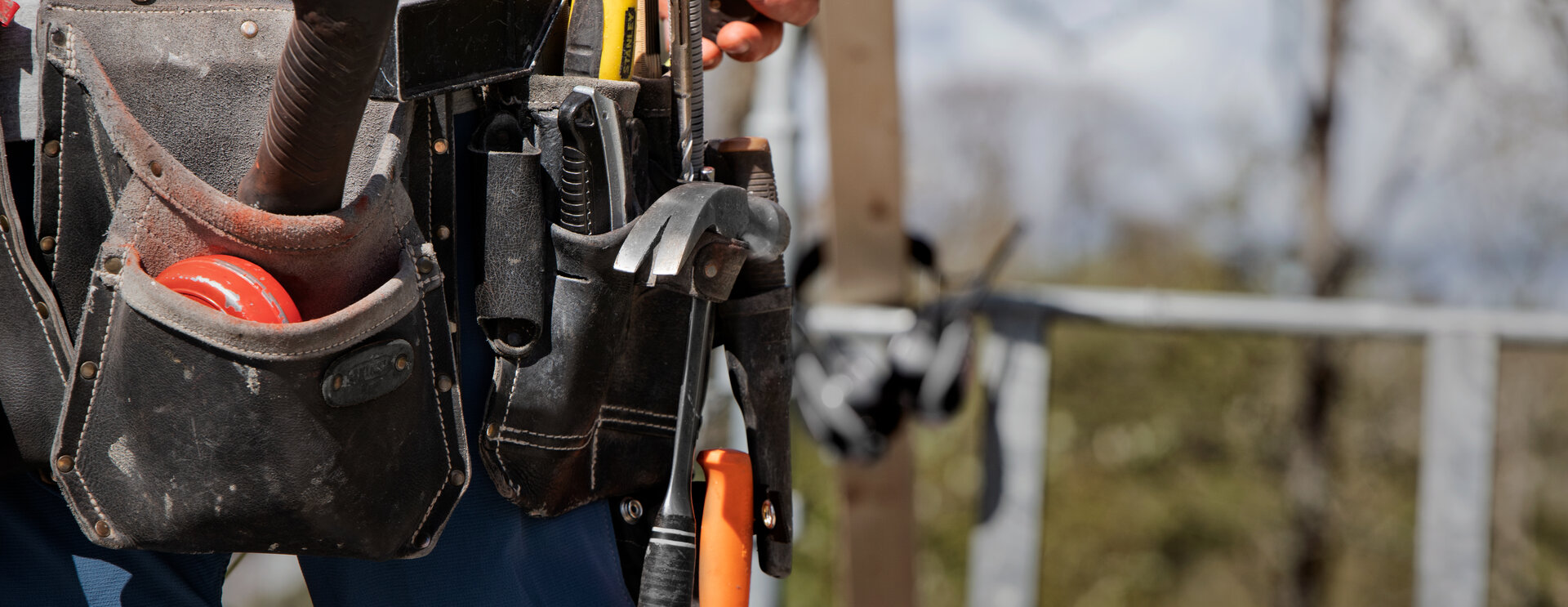

Articles
How Was The First Tool Belt Created
Modified: December 7, 2023
Learn about the fascinating history of tool belts in this engaging article. Discover how the first tool belt was created and its impact on modern construction practices.
(Many of the links in this article redirect to a specific reviewed product. Your purchase of these products through affiliate links helps to generate commission for Storables.com, at no extra cost. Learn more)
Introduction
Tools have been a fundamental part of human civilization since the advent of time. From simple stone tools to complex machinery, humans have relied on tools to shape and transform their surroundings. However, carrying and organizing these tools has always been a challenge.
The need for a tool belt arose as a solution to this problem. A tool belt is a wearable device that allows individuals to conveniently carry their tools while keeping them easily accessible. It is a versatile accessory that has revolutionized the way people work in various industries, including construction, carpentry, plumbing, and more.
In this article, we will delve into the fascinating history of tool belts, exploring their origins, early innovations, and the impact they have had on the way we work and create. By understanding the evolution of the tool belt, we can appreciate its significance in enhancing productivity and efficiency for craftsmen and professionals across the globe.
Key Takeaways:
- The invention of the tool belt revolutionized the way craftsmen work, providing convenience, organization, and safety. It has significantly improved work efficiency, productivity, and professional image across various industries.
- From ancient aprons to modern specialized designs, the tool belt has continuously evolved to meet diverse industry demands. Its impact on organization, mobility, time savings, safety, and comfort has transformed work processes and outcomes.
Read more: When Was The First Light Bulb Created
The Need for a Tool Belt
Before the invention of the tool belt, workers faced numerous challenges when it came to carrying their tools. They often had to rely on pouches, buckets, or makeshift containers to hold their equipment, resulting in frequent inconvenience and wasted time searching for specific tools.
One of the main reasons for the emergence of the tool belt was the need for quick and easy access to tools. Workers required a hands-free solution that would allow them to move freely while having their tools within arm’s reach. This requirement became even more crucial in industries where efficiency and productivity were paramount, such as construction and carpentry.
Not only did workers need a convenient way to carry their tools, but they also needed a system that would keep the tools organized and prevent them from getting damaged or misplaced. A tool belt provided a practical and efficient solution to these problems.
Furthermore, the nature of certain tasks required workers to have multiple tools readily available. For instance, a carpenter may need a hammer, a measuring tape, a pencil, and screws all at once. Carrying all these tools individually would be cumbersome and inefficient. The tool belt offered a compact and efficient means of carrying a variety of tools simultaneously.
Another crucial aspect that led to the need for tool belts was safety. When working at heights or on uneven surfaces, it is vital to have both hands free for balance and stability. Carrying tools in hand or in pockets could lead to accidents and injuries. With a tool belt, workers can keep their tools securely fastened to their bodies, ensuring better control and safety.
Overall, the need for a tool belt arose from the desire for convenience, efficiency, organization, and safety in various industries. It was a response to the challenges faced by workers in carrying their tools and revolutionized the way craftsmen and professionals approached their work.
Historical Background
The concept of carrying tools in a wearable fashion dates back centuries. In ancient times, artisans and craftsmen would often wear belts or aprons with pockets to hold their tools. These early forms of tool organization provided some level of convenience, but they lacked the specialized design and functionality of modern tool belts.
As civilizations advanced, so did the need for more efficient ways to carry tools. In the Middle Ages, blacksmiths and armorers utilized leather aprons with multiple pockets to hold their hammers, tongs, and other forging tools. These aprons allowed for easy access to tools while providing protection from sparks and hot metal.
During the Industrial Revolution in the 18th and 19th centuries, the demand for organized tool storage increased dramatically. With the rise of factories and manufacturing processes, workers needed a way to carry their tools in an efficient and streamlined manner. This led to the development of specialized tool belts with dedicated compartments for different tools.
The first recorded patent for a tool belt was granted in the late 19th century to the American inventor Thomas Campbell. His design featured a leather belt with removable pouches that could be adjusted according to the specific tools needed for a particular job. This innovative design laid the foundation for the modern tool belt.
As the industrial revolution progressed and various trades flourished, tool belt designs continued to evolve. The introduction of durable materials such as canvas and nylon allowed for the production of lightweight yet sturdy tool belts. Manufacturers began incorporating features like reinforced pockets, metal hooks, and adjustable straps to enhance functionality and durability.
In recent decades, tool belt designs have become more specialized to cater to specific industries and professions. For example, the needs of a carpenter differ from those of an electrician or a plumber. Tool belts now come in a range of styles and configurations to accommodate various tool sizes and requirements.
Overall, the historical background of tool belts showcases the gradual evolution from simple aprons to complex and specialized carrying devices. The growing demand for efficiency, organization, and safety in various industries has driven continuous innovation in tool belt design.
Early Tool Belt Innovations
As the need for efficient tool storage and organization grew, inventors and craftsmen began experimenting with various designs and features to improve the functionality of tool belts. Here are some of the early innovations that shaped the evolution of tool belts:
- Pocket Configurations: Early tool belts featured simple pouches or pockets attached to a belt. These pouches were often made of leather or canvas and were designed to hold specific tools. Artisans and craftsmen would customize the pocket configurations to suit their individual needs, creating a personalized tool belt setup.
- Distributed Weight: It became evident that distributing the weight of the tools evenly across the belt would minimize strain and discomfort for the wearer. This led to the introduction of multiple pockets and compartments evenly spaced along the belt, allowing for more balanced tool placement.
- Reinforced Pockets: As tools became heavier and more diverse, tool belt manufacturers started reinforcing the pockets to enhance durability. Reinforced stitching, metal rivets, and thickened materials were incorporated to prevent tearing and ensure longevity.
- Adjustable Belts: Recognizing that individuals come in different sizes, adjustable belts became an important feature of tool belts. This allowed users to personalize the fit of the belt for maximum comfort and stability while accommodating layers of clothing or body changes.
- Specialized Tool Holders: In response to the unique requirements of different trades, tool belt designs began incorporating specialized holders for specific tools. This included hammer loops, tape measure holders, screwdriver sleeves, and slots for wrenches and pliers. These dedicated holders allowed for quick and convenient tool access.
- Ergonomic Considerations: As tool belts became more prevalent, manufacturers started paying attention to ergonomic design principles. Padded belts, adjustable straps, and contoured shapes were introduced to reduce strain on the wearer and improve overall comfort during long hours of work.
These early innovations laid the groundwork for the modern tool belt. While the basic concept remained the same, these developments significantly improved the functionality and usability of tool belts. Craftspeople and professionals benefited from increased organization, convenience, and efficiency in their work thanks to these early tool belt innovations.
The first tool belt was created by attaching pouches and holders to a belt for easy access to tools. This allowed for hands-free carrying and quick access to necessary tools.
The First Tool Belt Design
While the exact details of the first tool belt design are uncertain, the patent granted to Thomas Campbell in the late 19th century for a “combined tool apron and belt” is considered a landmark in tool belt history. Campbell’s design featured a leather belt with removable pouches that could be adjusted based on specific tool requirements.
The design included multiple pockets and compartments attached to the belt, allowing craftsmen to organize their tools effectively. The pouches were strategically positioned to evenly distribute the weight of the tools along the belt, preventing strain and discomfort for the wearer. This concept of distributing weight would go on to become a fundamental aspect of tool belt design.
One of the key advantages of Campbell’s design was the versatility it offered. Craftsmen could remove or adjust the pouches based on the tools they needed for a particular job, making it a customizable and adaptable tool belt. This innovative feature provided a level of flexibility not seen in previous tool carrying methods.
The use of durable leather for the belt and pouches ensured longevity and durability. The leather material could withstand the wear and tear of daily use and offered protection for the tools stored within. Campbell’s design set a precedent for future tool belt manufacturers, who would continue to refine and improve upon the initial design.
While Thomas Campbell’s tool belt design was groundbreaking for its time, it was just the beginning. Over the years, tool belt designs have evolved significantly, incorporating new materials, features, and specialized compartments to cater to the diverse needs of craftsmen and professionals in various industries.
Today, tool belts come in an array of designs and configurations to accommodate different trades and tool requirements. From electricians to carpenters, plumbers to technicians, each profession has its own specific tool belt design tailored to the needs and demands of their work.
Nevertheless, the first tool belt design by Thomas Campbell marked a significant milestone in the development of this essential tool-carrying accessory. It demonstrated the potential for increased organization, convenience, and efficiency in various industries, setting the stage for future innovations that continue to shape the modern tool belt we know today.
Impact and Significance
The introduction of the tool belt had a profound impact on the way craftsmen and professionals worked and carried their tools. Its significance can be seen in various aspects of work efficiency, productivity, and safety. Here are some of the key impacts and significance of the tool belt:
- Improved Organization: The tool belt revolutionized the way tools were carried and organized. With dedicated pockets and compartments, craftsmen could easily access their tools without wasting time searching through cluttered bags or pouches. This enhanced organization led to increased efficiency and productivity in their work.
- Enhanced Mobility: Prior to the tool belt, workers often had to carry their tools by hand or store them in distant spots. This limited their mobility and slowed down their work. The tool belt allowed for hands-free operation, enabling workers to move freely and access their tools effortlessly. This increased mobility resulted in faster task completion and improved overall work efficiency.
- Time Savings: With tools conveniently stored on their person, craftsmen no longer needed to make repeated trips to toolboxes or storage areas. The tool belt reduced time wasted on fetching and returning tools, allowing workers to focus more on their tasks at hand. This time-saving aspect directly translated into increased productivity on the job.
- Safety and Risk Reduction: Carrying tools in pockets or by hand can pose safety risks, particularly in hazardous work environments. Tool belts significantly reduced these risks by keeping tools securely fastened to the body. This improved safety measures by minimizing the potential for accidents or tools being dropped from heights, reducing injuries and associated costs.
- Comfort and Ergonomics: Properly designed tool belts take into consideration the ergonomics of the wearer, providing comfort during long hours of work. Padded belts, adjustable straps, and ergonomic shapes help reduce strain on the body and enhance the overall working experience. This improved comfort can minimize fatigue and contribute to improved work quality.
- Professional Image: Tool belts have become a symbol of competence and professionalism in various industries. They serve as a visual representation of expertise and preparedness. Wearing a well-organized and functional tool belt can instill confidence in clients, colleagues, and employers alike, further establishing the significance and impact of this tool-carrying accessory.
Overall, the tool belt has had a transformative effect on the way craftsmen and professionals carry and access their tools. Its impact on organization, mobility, time savings, safety, comfort, and professional image has improved work processes, increased productivity, and contributed to better overall work outcomes in numerous industries.
Conclusion
The tool belt has come a long way since its inception, evolving from simple aprons and pouches to sophisticated and specialized carrying devices. It has revolutionized the way craftsmen and professionals work, offering convenience, organization, and improved efficiency.
The need for a tool belt arose from the challenges faced by workers in carrying their tools. Through the course of history, tool belt designs have continuously evolved to meet the diverse demands of various industries. Innovations such as adjustable belts, reinforced pockets, and specialized tool holders have enhanced functionality and durability.
The impact and significance of the tool belt cannot be overstated. It has greatly improved organization, mobility, and time savings, allowing workers to access their tools easily and complete tasks more efficiently. The tool belt has also contributed to safety by securely fastening tools to the body, reducing the risk of accidents and injuries.
In addition, tool belts have risen to the status of a professional symbol, representing competence and preparedness. They not only enhance the image of craftsmen and professionals but also instill confidence in clients and colleagues.
In conclusion, the tool belt is a remarkable accessory that has transformed the way people work and carry their tools. Its evolution and innovation have led to increased efficiency, productivity, and safety in various industries. As technology advances and new needs arise, we can expect the tool belt to continue evolving, adapting to the changing demands and further enhancing the way we work and create.
Frequently Asked Questions about How Was The First Tool Belt Created
Was this page helpful?
At Storables.com, we guarantee accurate and reliable information. Our content, validated by Expert Board Contributors, is crafted following stringent Editorial Policies. We're committed to providing you with well-researched, expert-backed insights for all your informational needs.
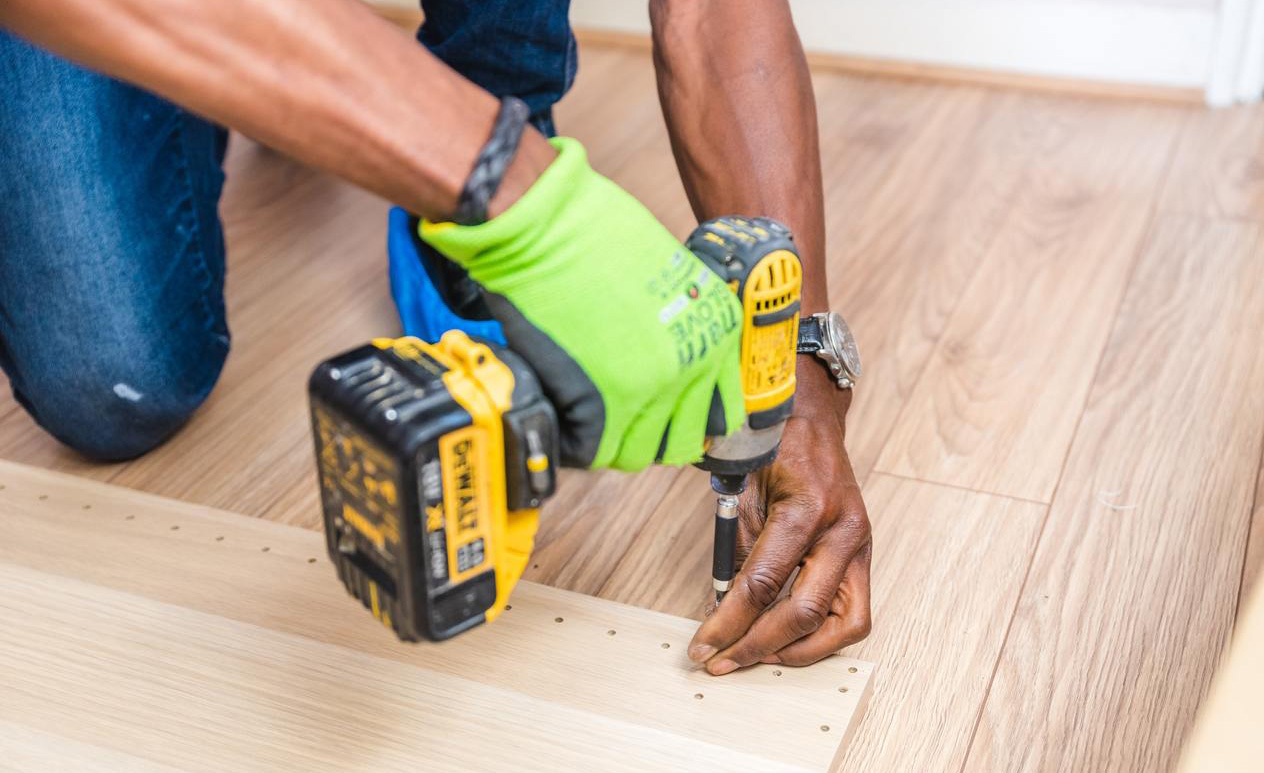
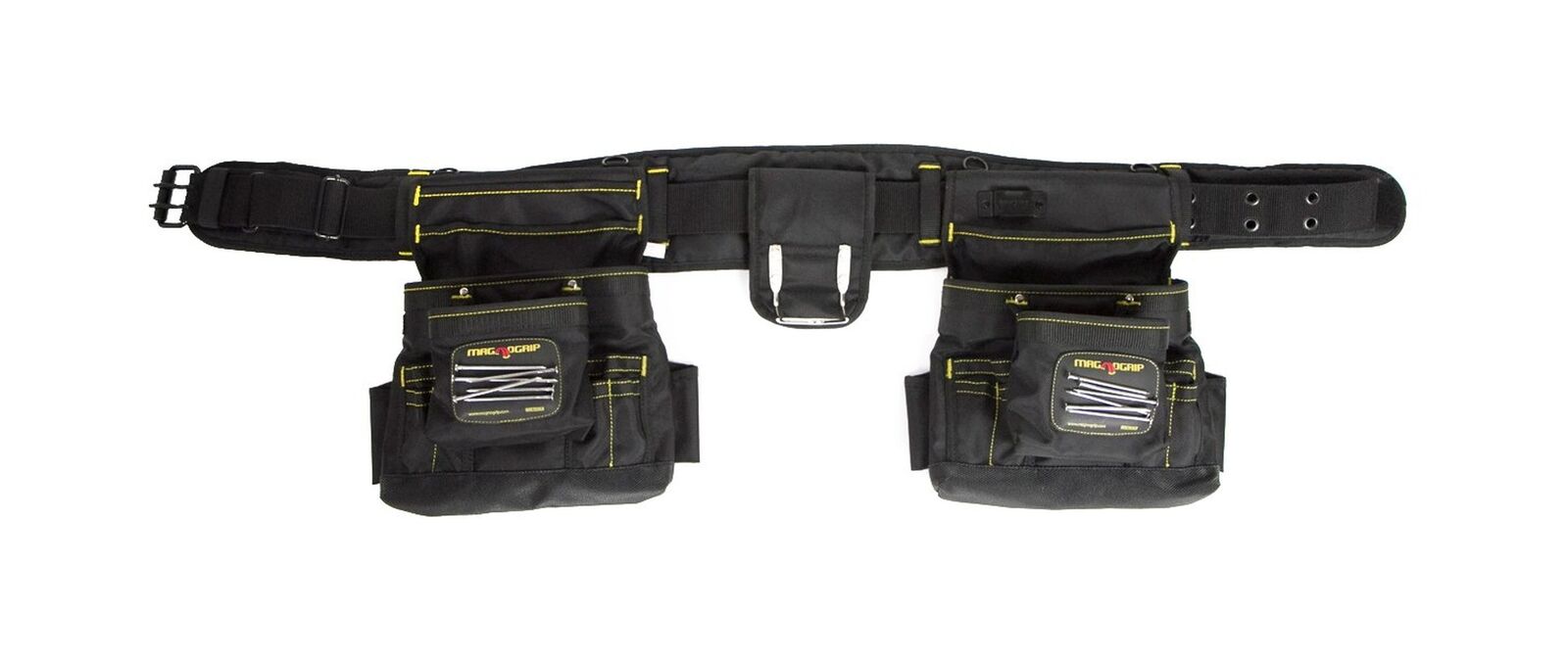
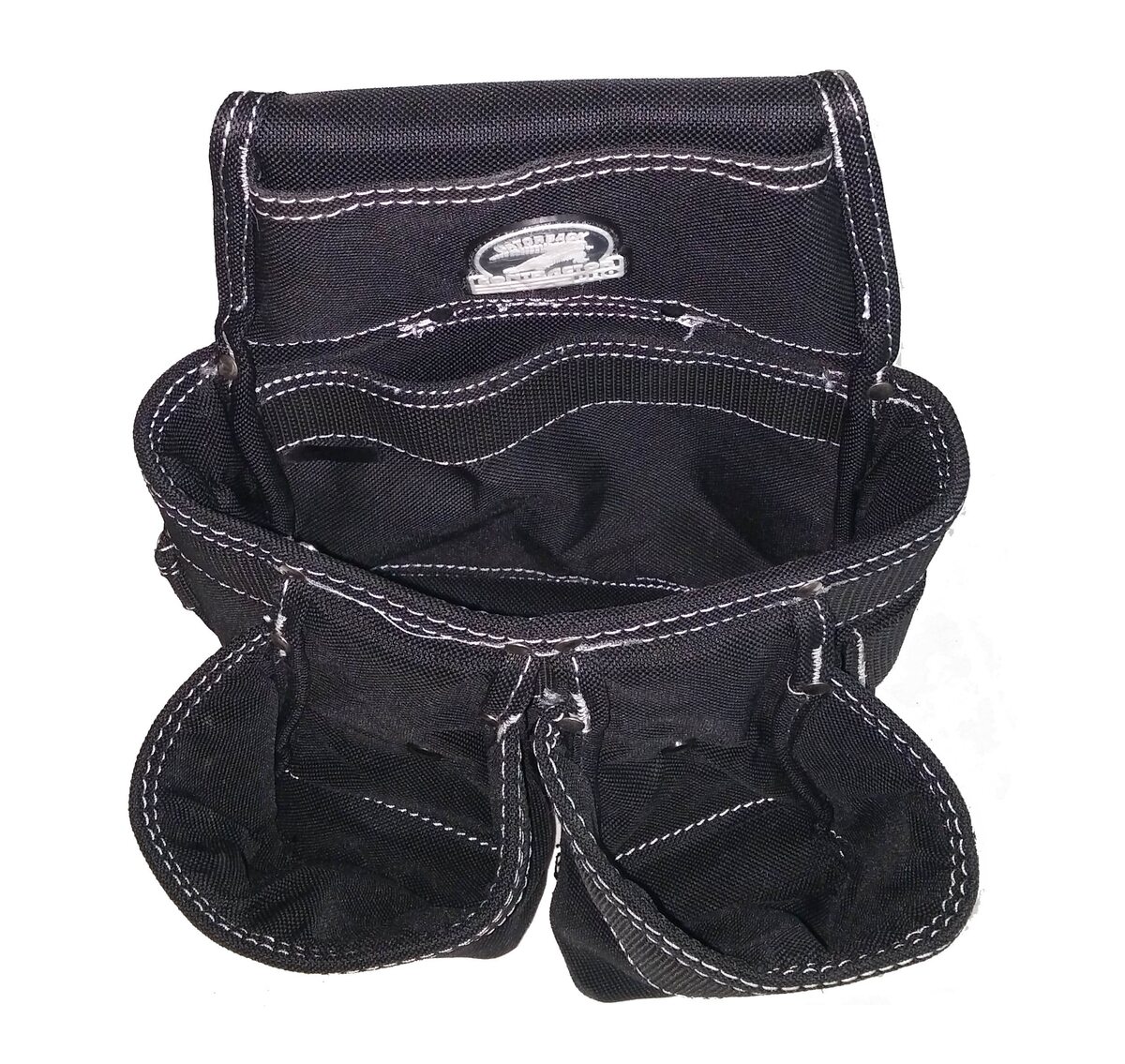





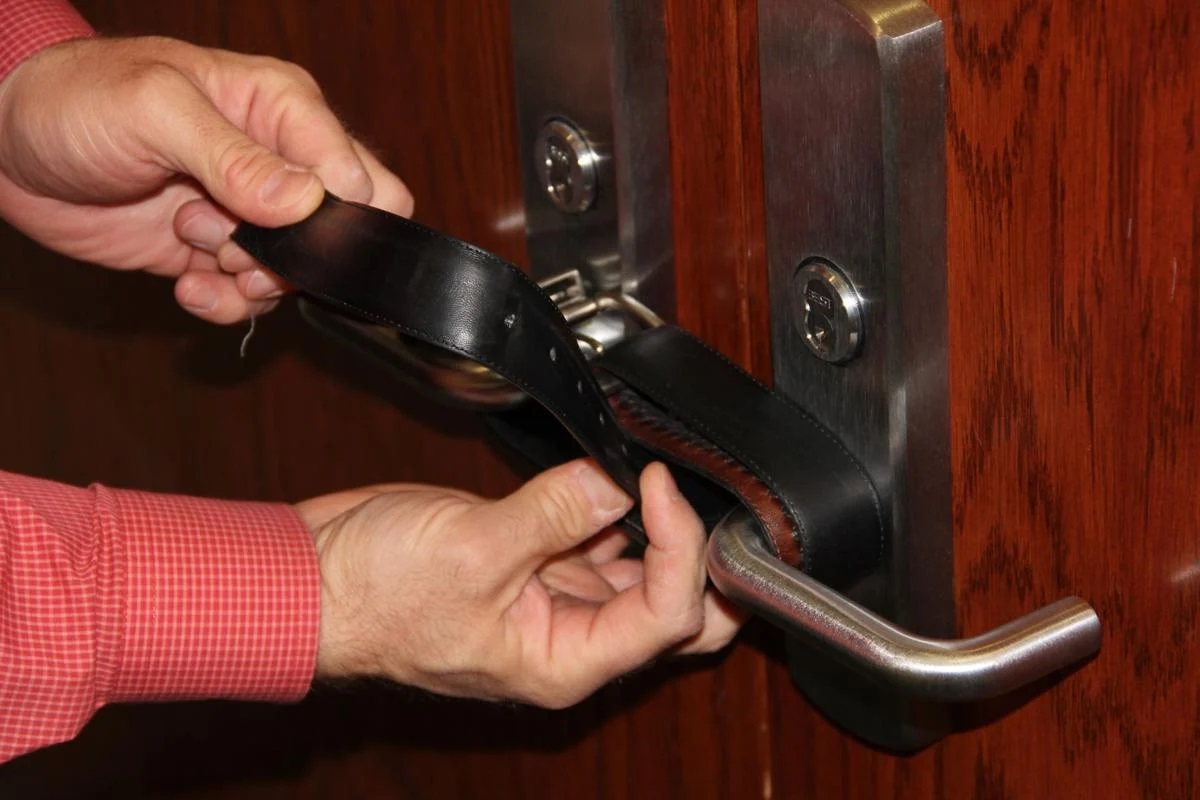
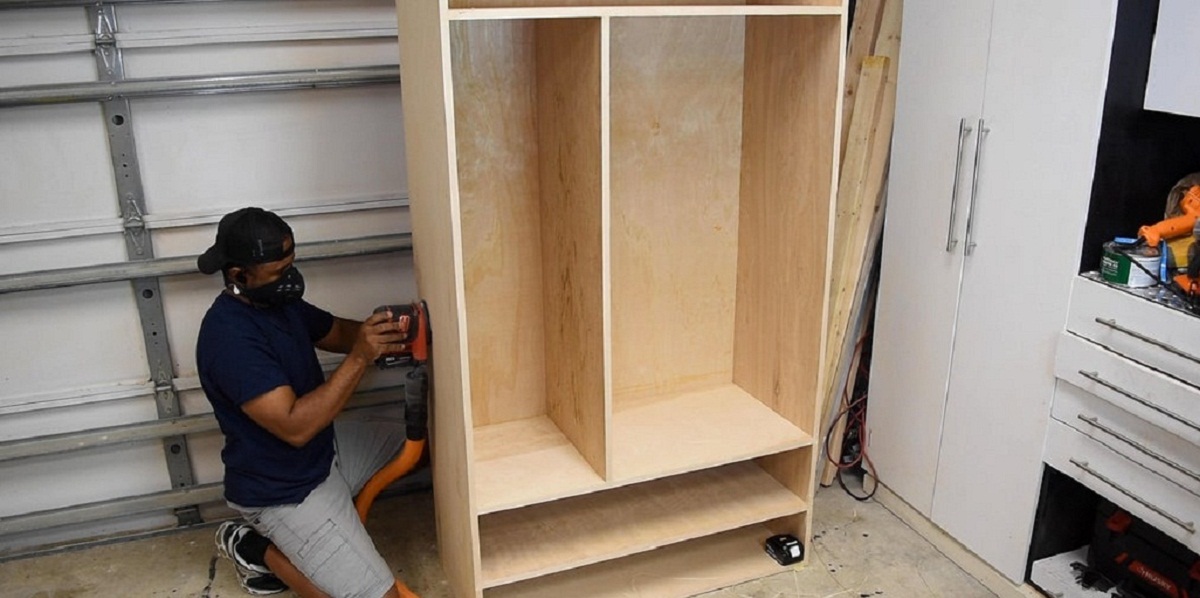
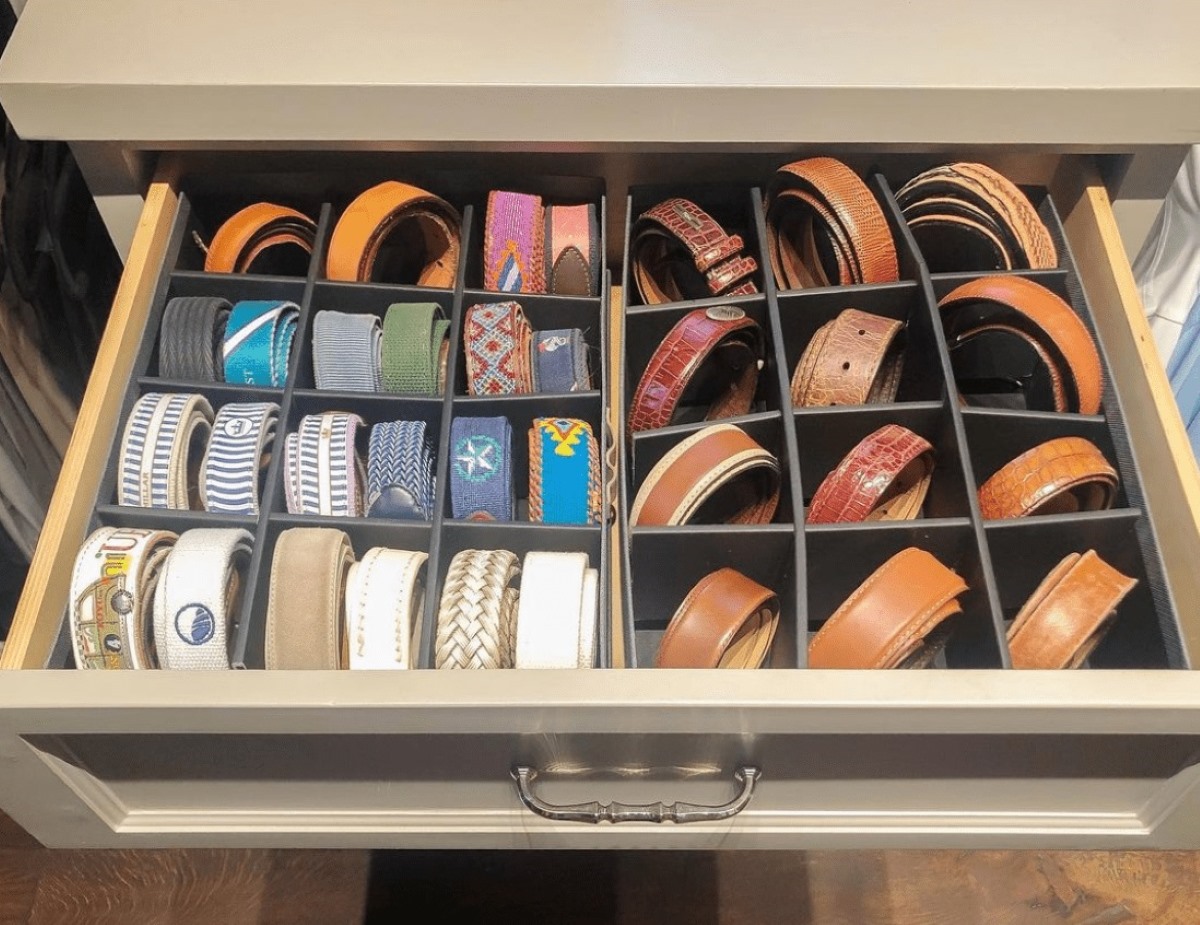
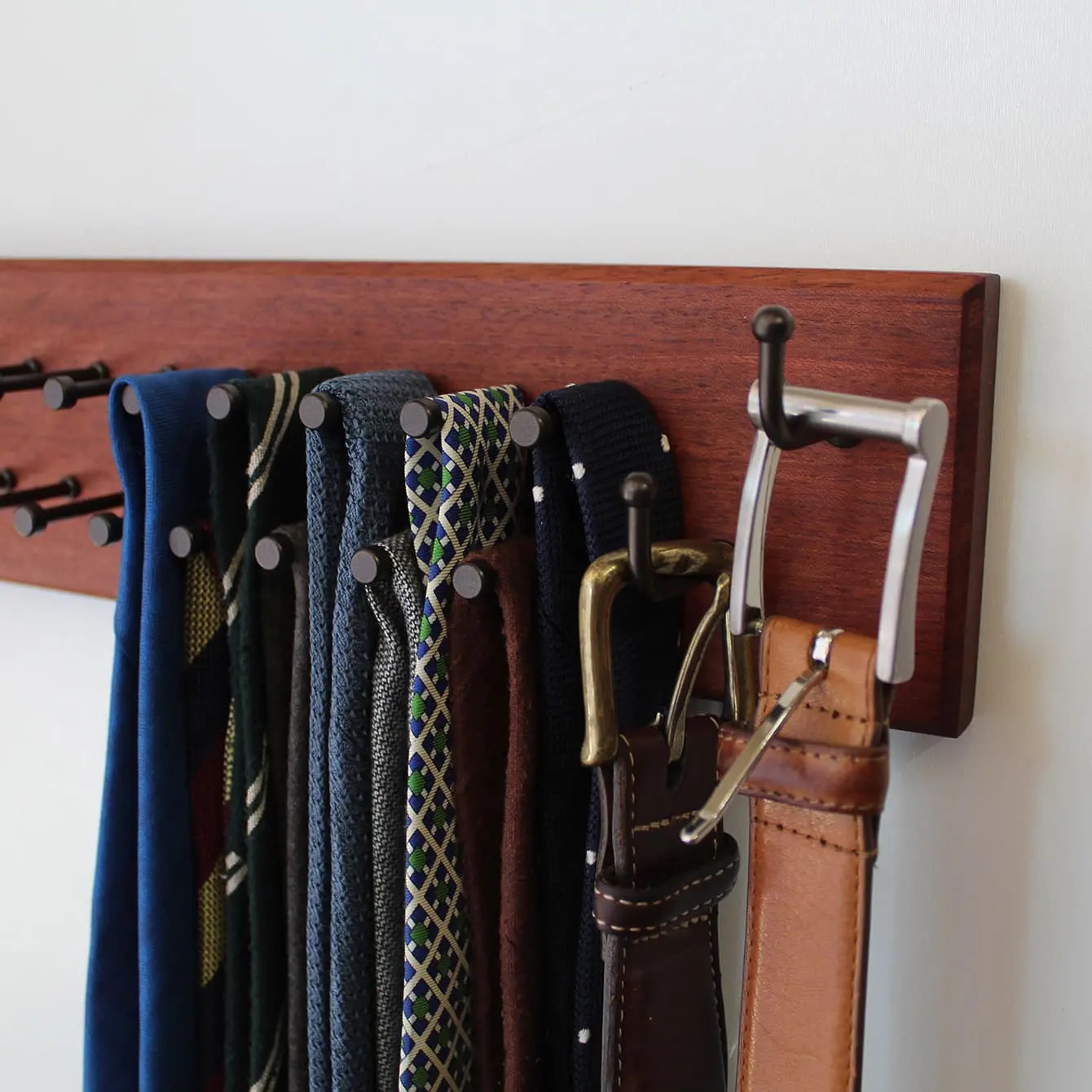
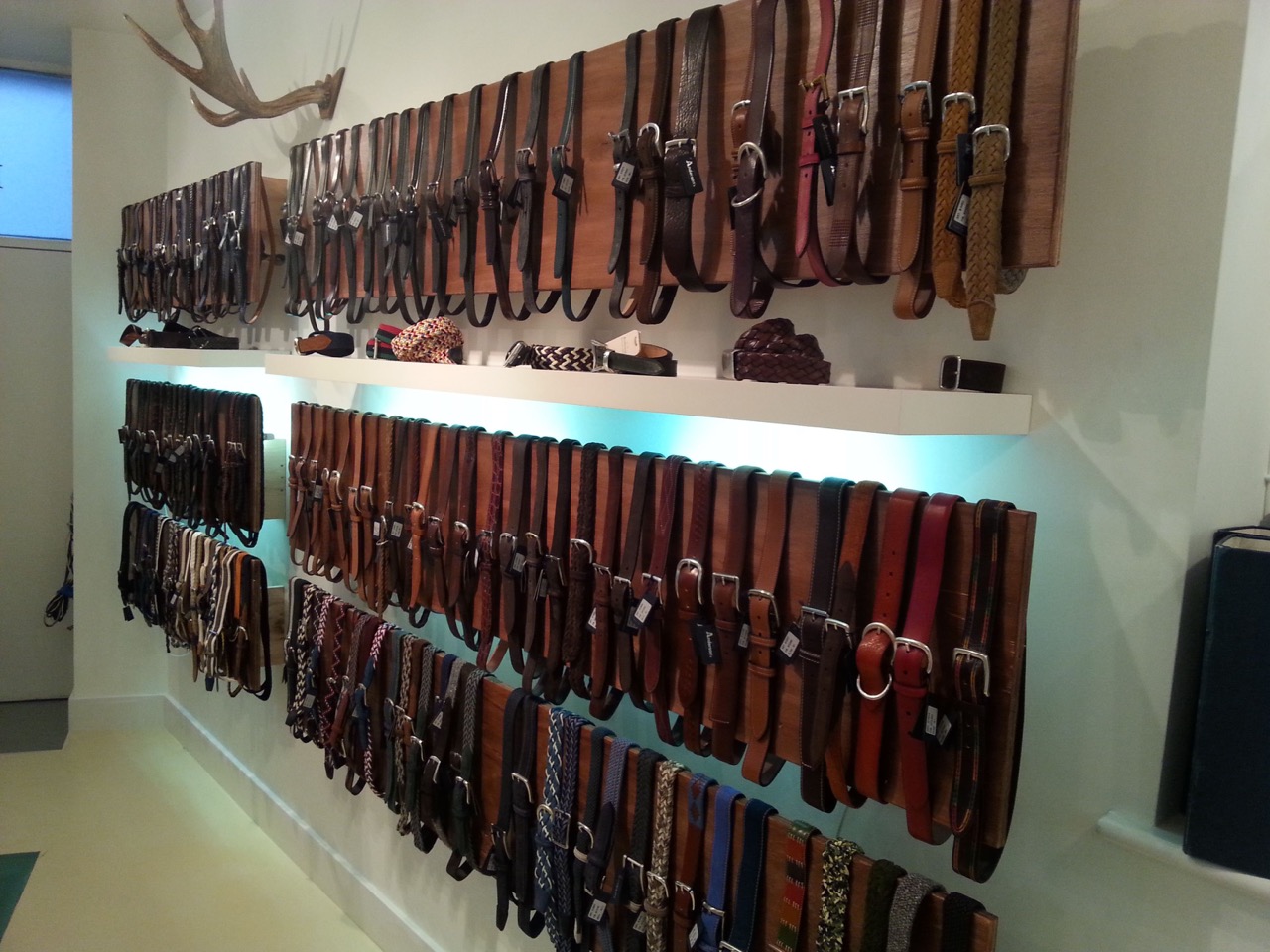


0 thoughts on “How Was The First Tool Belt Created”